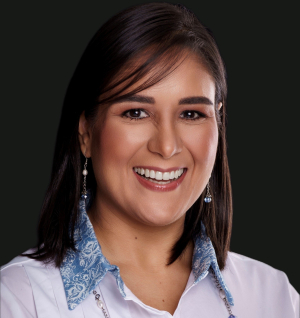International dairy markets remain depressed, with abundant supply and lacklustre demand continuing to weigh on pricing.
On farm however, the results of Dairy Australia’s 2015 National Dairy Farmer Survey (NDFS) indicate that confidence in the future of the Australian industry has remained high over the past year.
Almost three quarters of dairy farmers (74%) reported feeling positive about the industry’s future – 1% fewer than 2014.
A total of 79% of farmers anticipate a profit in the current season, while 41% have increased herd sizes and 52% have increased milk production (implying yield gains have also played a part).
Stable sentiment is translating to investment on farm: 52% of respondents indicated intentions to invest in their enterprises over the next 12 months.
There are some differences in trend by region however, with more widespread confidence (up from 31% in 2013 to the current 5-year high of 55%) evident in the Subtropical Dairy region (Queensland and northern NSW) amid fewer concerns about farmgate milk price.
In Victoria (particularly western) confidence has been eroded slightly by unease regarding whether current prices will be maintained into the coming season and beyond.
More broadly, cost pressures are mixed. Grain and hay markets have taken note of the Bureau of Meteorology lifting their ENSO indicator to ‘El Niño’ in mid-May.
With limited supply concerns globally at the time of writing, devaluation of the Australian dollar and the dry outlook have seen a gap opening between international benchmark and domestic wheat prices.
Hay prices remained relatively static due to slow demand through early 2015, though the downside production risk posed by an El Niño is likely to discourage producers from selling early as far as this season’s harvest is concerned.
Against a backdrop of stable farmgate prices and generally favourable weather conditions, Australian milk production has tracked ahead of expectations for much of the season.
With two good years behind them, many farmers are well placed to take advantage of the opportunities a third would provide.
Should current processor milk price forecasts be borne out and El Niño impacts remain moderate, further growth is likely in the southern states.
Western Australia will see more milk change hands as processors adjust their strategies, while the Queensland production sector searches for stability in the face of severe and ongoing cost and climatic pressures.
Internationally, most farmers in major export regions are enjoying favourable weather and global milk supply growth has rolled on, despite a darkening farmgate price outlook for many.
Production expectations continue to reflect a slowdown during 2015, but at the moment, this seems a long way off.
Buying interest for powders out of China remains relatively quiet, and assessments of the timeframe for a significant recovery in activity are increasingly being pushed into early 2016.
There is also growing expectation that Russia’s import ban will outlast the initially announced 12-month term, possibly with a wider set of exceptions for selected countries.
A prolonged period of low prices has seen double digit volume growth in exports to Southeast Asia, Mexico and the Middle East, but this growth is now moderating as supply pipelines are refilled.
On a positive note, a firm US domestic market is helping soak up that country’s surplus milk; while dairy exports to Japan for the 12 months to February were at their highest since 2007, after the strongest growth since 2005.
Back home, the most recent update to Dairy Australia’s ‘Food Service Index’ shows strong growth in spending through both the food service and supermarket channels, though the pace of growth has slowed in recent months. Australian supermarket sales of major dairy categories continue to tell an essentially positive story.
Dairy spreads remain the star performer, outpacing all other major dairy categories for both volume and value growth.
Milk sales are increasing slowly and steadily. Despite shrinking sales volumes, higher average per kilo prices for both the cheese and yogurt/dairy snacks categories are reflected in continued category value growth.
Considered something of a ‘handbrake’ on industry returns through the buoyant 2013-14 season, the Australian domestic market (which consumes around 60% of milk production) has helped cushion the industry through a volatile 2014-15.
Maintaining an appropriate balance between the pursuit of potentially lucrative new opportunities, and securing sustainable returns in more mature and stable markets, will be no less important in 2015/16 and beyond.
• John Droppert is a market analyst with Dairy Australia.
Dairy Australia’s full June 2015 Situation and Outlook will be released on June 17.


















